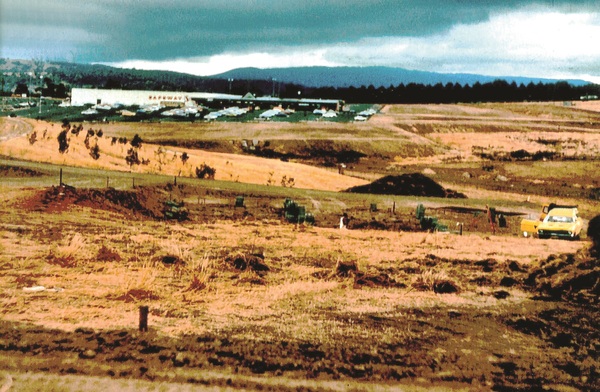By Casey Neill
Empty nest population fall set to continue for the next 20 years…
Endeavour Hills is bucking the trend and shedding residents, and a turnaround is two decades away.
The 2016 census revealed the suburb’s population was sitting at 24,294 – down more than 1500 people from the 2001 population survey.
The City of Casey added 47,000 people between 2011 and 2016. Endeavour Hills lost 280.
Demographer Glenn Capuano from .id said Endeavour Hills was reaching the end of its first suburb life cycle.
“The City of Casey is a major growth area, but Endeavour Hills is one of the older parts of it,” he said.
“It was mostly built pretty much around the same time.
“Most of the houses there are of the same age.”
He said it had a “spaghetti” street design and blocks weren’t standard sizes.
The houses are large, he said, and generally not old enough to warrant being knocked down yet.
“There’s a bit of a monoculture, in terms of the housing the and therefore the types of households that are there,” Mr Capuano said.
The 2016 census data from the Australian Bureau of Statistics confirms this, with 89.1 per cent of private dwellings listed as houses, 10.8 per cent townhouses or similar homes, and none listed as apartments.
More than 93 per cent had three or more bedrooms.
Mr Capuano said people who bought in Endeavour Hills raised a family there, and their children were now moving out.
“You get decline in population when they leave home and you get the empty nesters staying behind,” he said.
“Endeavour Hills is almost the text book example.
“It’s not an area that’s going to change very rapidly because those empty nesters are likely to stay at home for quite a while before they downsize.
“Our population forecasts for the area still have a marginal decline over the next 20 years.”
At that point, Mr Capuano said, home owners would be dying or moving into care.
“Then you free up those family homes,” he said.
“You get the up-trend as those families move back in.”
The 2016 census found 7.9 per cent of Endeavour Hills residents were aged between 55 and 59 years, compared to 6.2 per cent across Australia.
The 60 to 64 age bracket was also more highly represented in Endeavour Hills, at 7 per cent compared to 5.6 per cent Australia-wide.
In November 2013, the Journal marked 40 years since the first land sales in Endeavour Hills with a look back at the suburb’s history.
Peggy Clark moved to the area in November 1972, when there were roughly six other houses and farm land almost as far as the eye could see.
It was marketed as “premier land” and its undulating landscape and large blocks were a major attraction.








